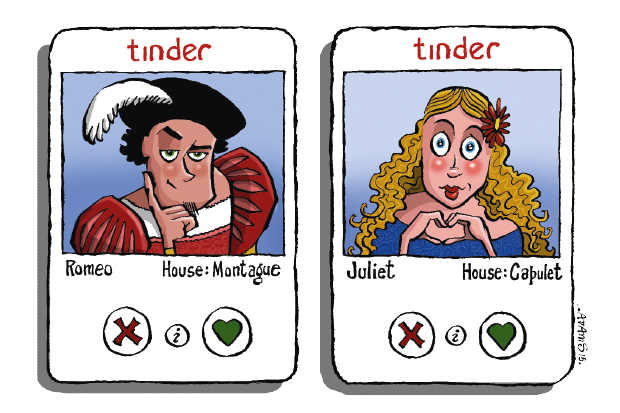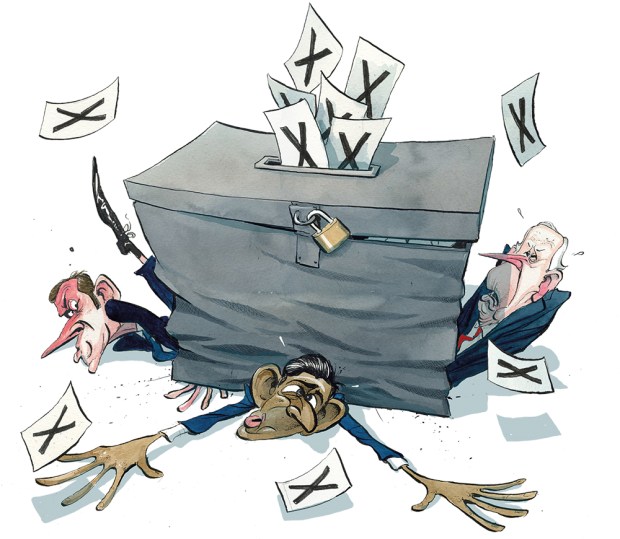Through some freak accident of PR, I was invited to an event organised by Tinder. If you’re over 40 or have become prematurely married, you might not know what Tinder is. It’s the mobile-phone app that facilitates courtship by allowing people to signal their interest in other users within a certain radius — you can set it to just a mile, if you’re in a real hurry to ‘connect’.
Already a subscriber? Log in
Subscribe for just $2 a week
Try a month of The Spectator Australia absolutely free and without commitment. Not only that but – if you choose to continue – you’ll pay just $2 a week for your first year.
- Unlimited access to spectator.com.au and app
- The weekly edition on the Spectator Australia app
- Spectator podcasts and newsletters
- Full access to spectator.co.uk
Or
Unlock this article
You might disagree with half of it, but you’ll enjoy reading all of it. Try your first month for free, then just $2 a week for the remainder of your first year.













Comments
Don't miss out
Join the conversation with other Spectator Australia readers. Subscribe to leave a comment.
SUBSCRIBEAlready a subscriber? Log in